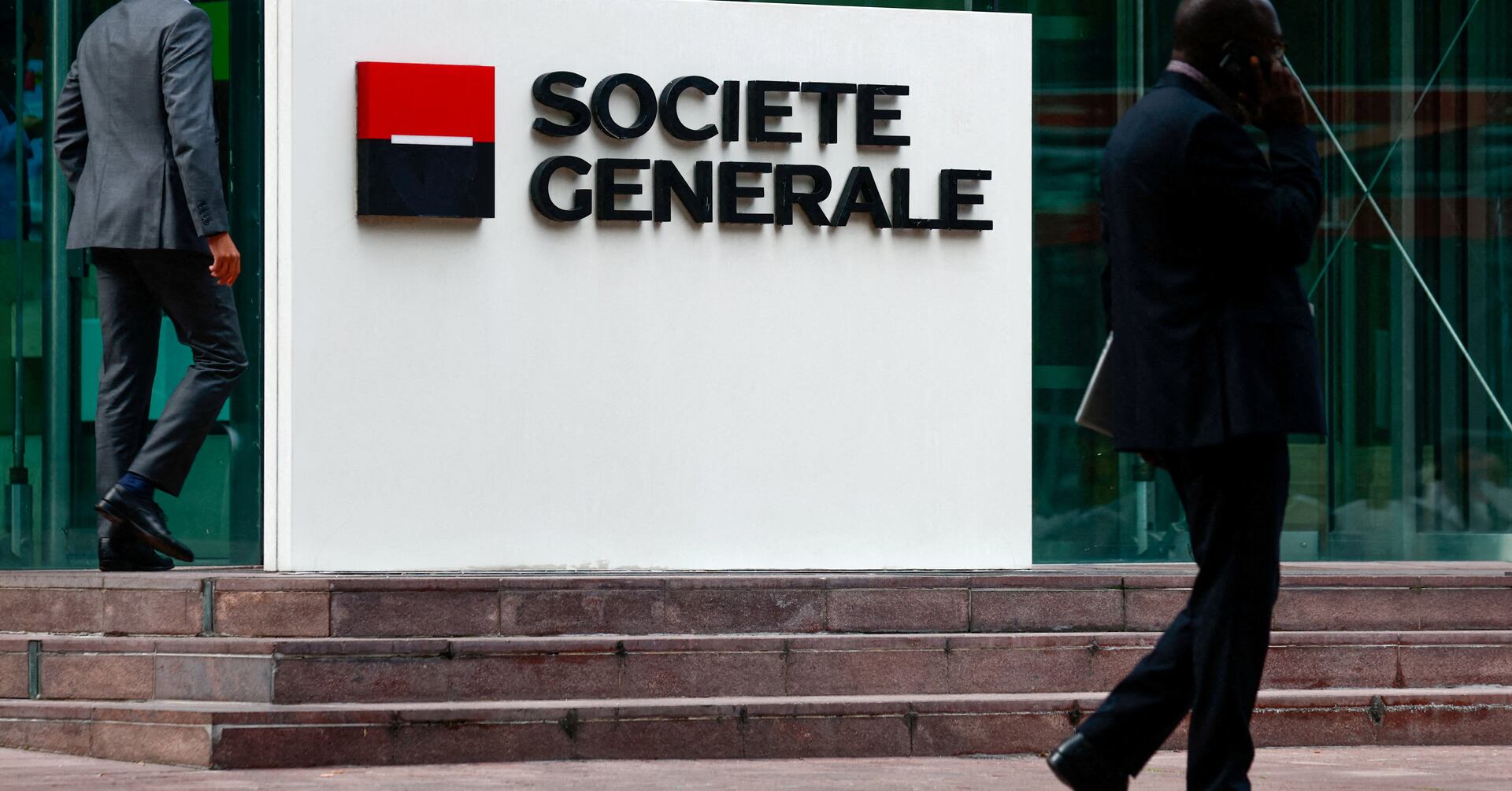Seven High-Stakes Gamble: Nick Leeson's Rogue Trades that Orchestrated a Swift Banking Downfall
The world of high-stakes finance is a thrilling, albeit precarious, rollercoaster ride. It is a realm where fortunes can be made or lost in the blink of an eye, and where the line between triumph and disaster is razor-thin. One of the most infamous figures in this high-risk world is Nick Leeson, a man whose audacious gamble brought down one of the oldest banks in the world. This narrative delves into the seven rogue trades that led to his downfall, and subsequently, the collapse of Barings Bank. Through this journey, we will explore the intricate web of deception, risk, and ruin that unfolded in one of the most dramatic episodes in financial history.
The Rise of Nick Leeson
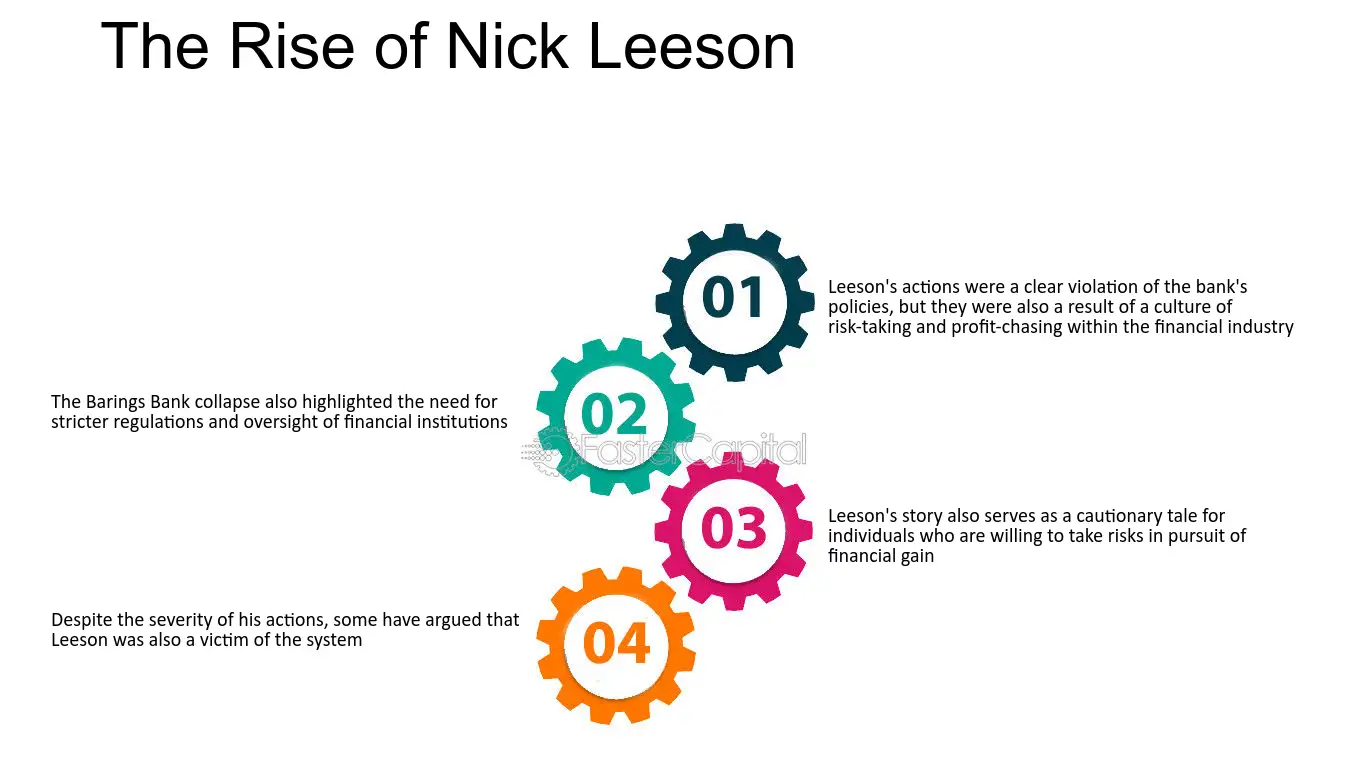
Nick Leeson's story begins in Watford, England, where he was born in 1967. Despite a modest upbringing, Leeson's ambition and drive propelled him into the world of finance. By the age of 28, he was heading Barings Bank's operations in Singapore, where he was responsible for the bank's futures trading on the Singapore International Monetary Exchange (SIMEX). Here, he gained a reputation as a financial whiz-kid, delivering impressive profits for the bank. However, beneath this veneer of success, Leeson was setting the stage for a catastrophic downfall.
The Rogue Trades Begin

The first of Leeson's rogue trades came in 1992. In an attempt to cover up a mistake made by one of his colleagues, Leeson created a secret account, 88888, to hide the losses. This marked the beginning of his illicit activities. Over the next three years, he made numerous unauthorized trades, each more audacious than the last. These trades were high-risk gambles that had the potential to generate massive profits but also carried the risk of devastating losses.
The Double-edged Sword of Derivatives
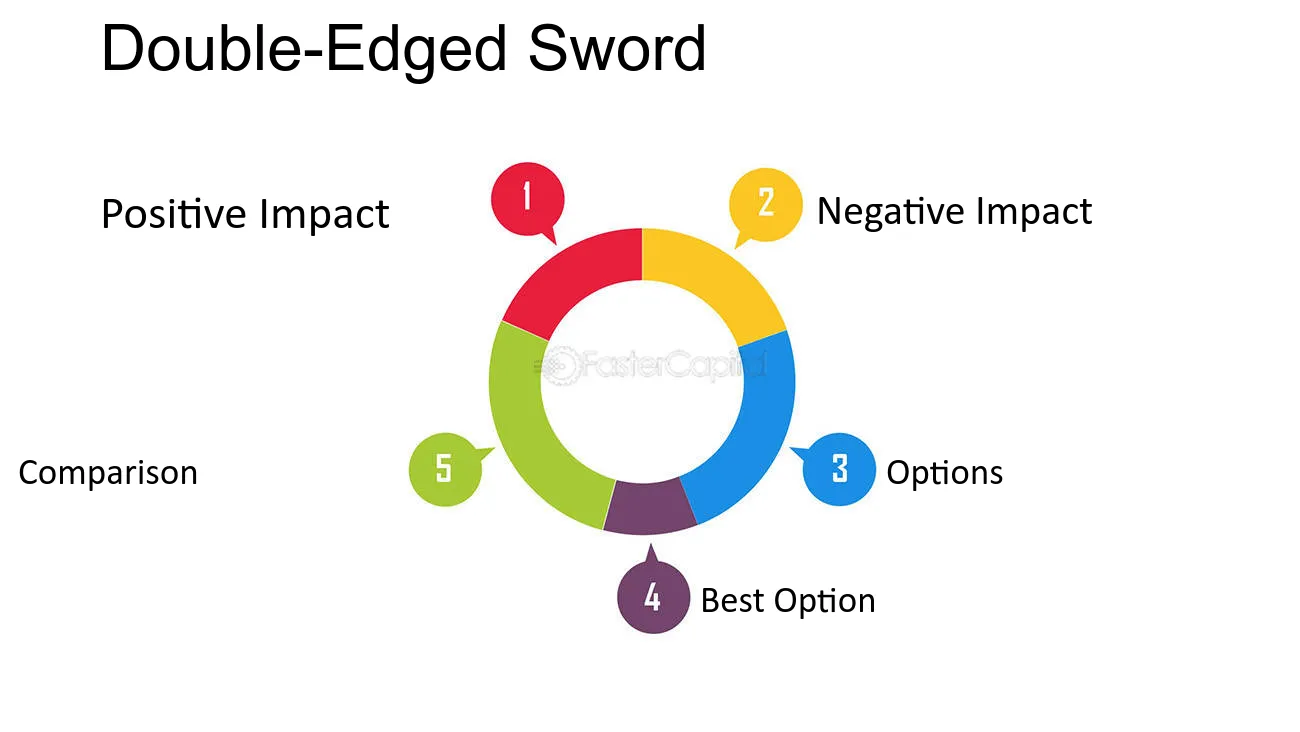
Derivatives, the financial instruments Leeson traded in, are complex and highly risky. They derive their value from underlying assets, such as stocks, commodities, or currencies. While they offer the potential for high returns, they also carry significant risks. Leeson's strategy involved betting on the future of the Japanese stock market. However, his predictions were wrong, and his losses began to mount.
The Earthquake that Shook the Financial World

In January 1995, a devastating earthquake hit Kobe, Japan. The disaster had a significant impact on the Japanese stock market, which plummeted in the wake of the tragedy. For Leeson, who had bet heavily on the market's stability, the earthquake was a disaster. His losses, which had already been substantial, ballooned to over £800 million. Despite this, Leeson continued to gamble, hoping that he could recoup his losses.
The Downfall
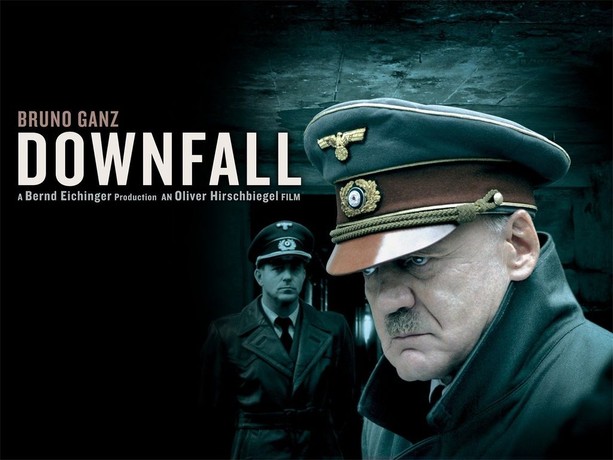
In February 1995, Leeson's rogue trading was finally uncovered. His losses, which were now too large to hide, led to a crisis at Barings Bank. Despite attempts to secure a rescue deal, the bank was declared insolvent. The 233-year-old institution, which had survived wars, recessions, and financial crises, was brought down by the actions of a single rogue trader. Leeson, meanwhile, fled Singapore, but was eventually arrested in Germany.
The Aftermath

The collapse of Barings Bank sent shockwaves through the global financial system. It highlighted the risks of unchecked trading and the potential for a single individual to cause significant damage. In the aftermath, regulators around the world tightened controls and increased oversight of trading activities. Leeson, who was extradited to Singapore, was sentenced to six and a half years in prison for his actions.
Lessons from the Fall
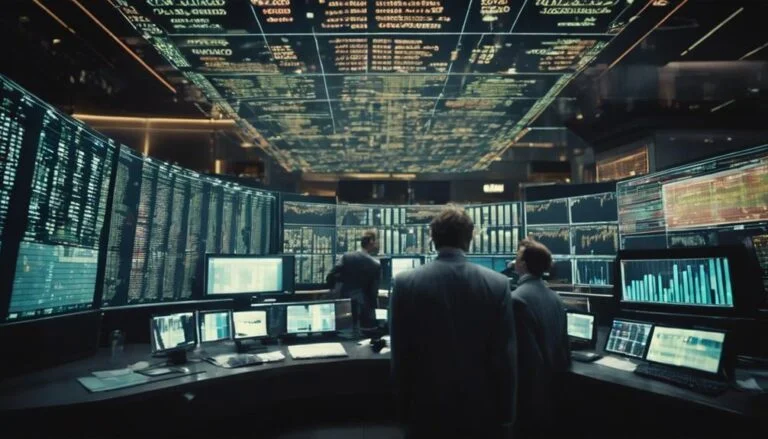
The story of Nick Leeson serves as a stark reminder of the dangers of unchecked risk-taking in the financial world. It underscores the importance of robust oversight, transparency, and accountability in financial institutions. Despite the safeguards put in place following the Barings Bank collapse, the potential for similar disasters still exists. As we navigate the complex landscape of global finance, the lessons from Leeson's downfall remain as relevant today as they were over two decades ago.





